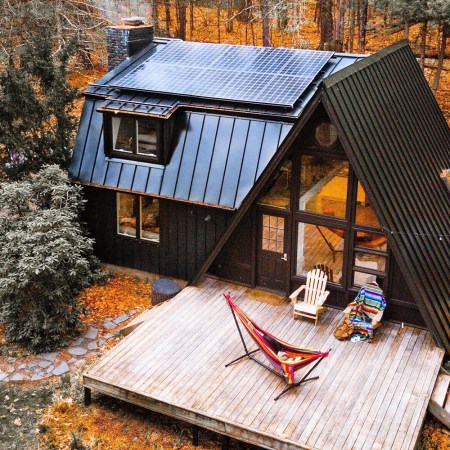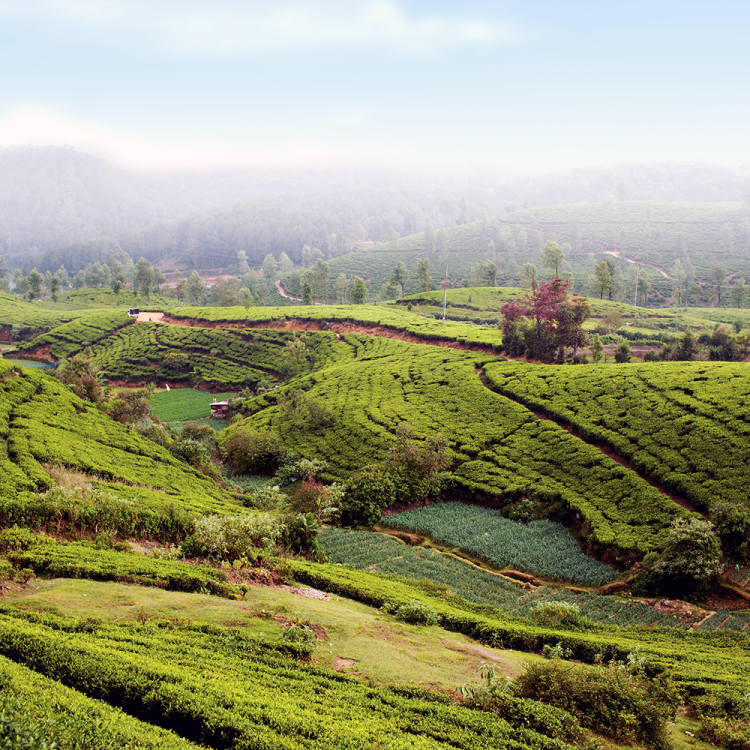Money really does grow on trees.
Camera-toting tourists have been descending upon New England in droves for its iconic display of fall colors, even since the autumnal equinox in the Northeast. It’s a rite of autumn.
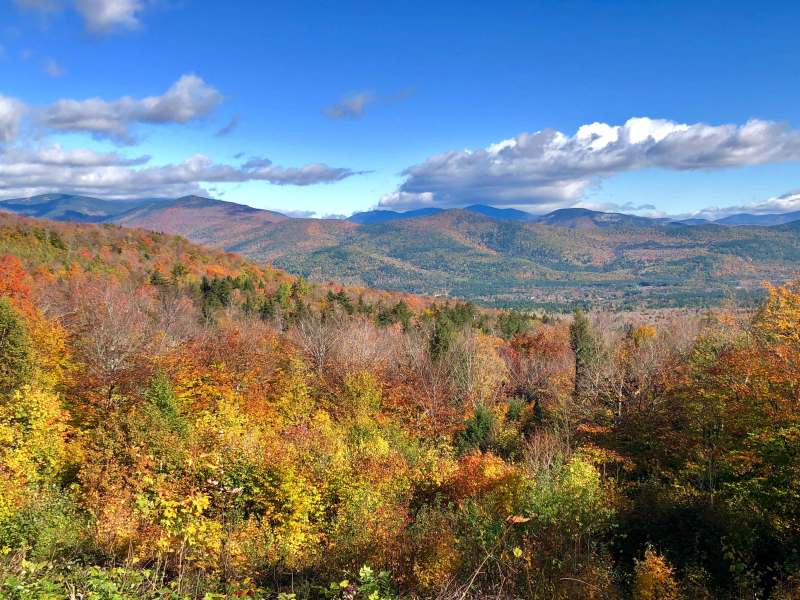
While summer is still the frontrunner, Technicolor foliage fireworks in fall account for the second most important season for tourism in this part of the U.S. Leaf-peeping has been estimated to be a $3-plus billion industry for the six states of New England, with earnings growing each year. There’s a lot of green in those red, yellow and orange leaves.
The New Hampshire Division of Travel and Tourism Development projects 3 million out-of-state visitors this fall. The hotel and restaurant industry expects these visitors to translate into $1.4 billion in sales, or a 5 percent increase in spending year over year.
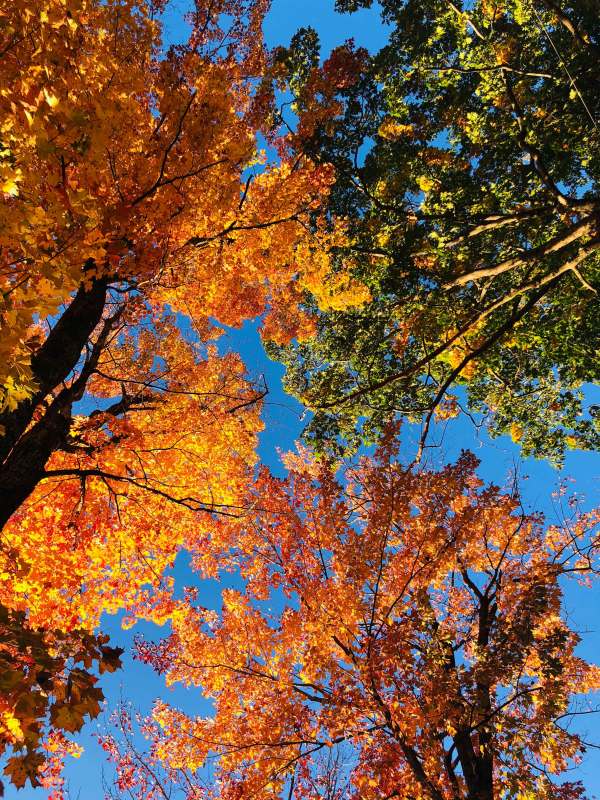
While many areas of the U.S. get their own version of leaf season – swaths of golden aspens in the Colorado Rocky Mountains and vibrant trails in Tennessee’s Smokey Mountains – there is something quintessential about New England fall. Maple, oak, elm, pine, ash, beech, and birch trees marble that particular landscape to the delight of locals and visitors alike.
In addition to its forests’ chromatic variety, New England offers an array of classic fall activities. You can go apple picking, take a hayride, navigate a corn maze, enjoy a cider donut, frolic in a rainbow of crunchy leaves, and rev up for Halloween.
The science of foliage fireworks
New England fall is an explosion of color, with a varied palate of yellows, oranges, reds, and late bloomer greens.
The roots of this technicolor tapestry are not definitively understood. Scientists agree that the three key color change ingredients are light, temperature, and precipitation.
Because these variables fluctuate year to year, it is hard to predict exactly when leaf season will peak in each area and which years will be the best. Low nighttime temperatures help enact the chemical reactions that propel color change, especially reds and purples.
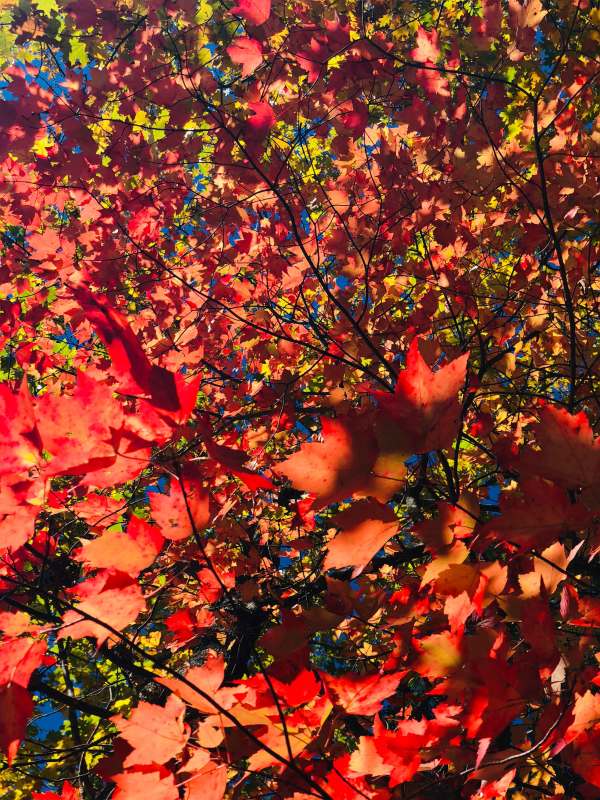
In the summer, leaves are food-making machines for the tree, and appear green because of the chlorophyll that enables this process. The changing temperatures and shorter days in the fall trigger the development of an abscission layer at the base of each leaf stem.
This cell layer blocks the necessary transfer of chlorophyll, halting the photosynthesis process and sealing in the trunk to eventually allow the leaf to “fall”.
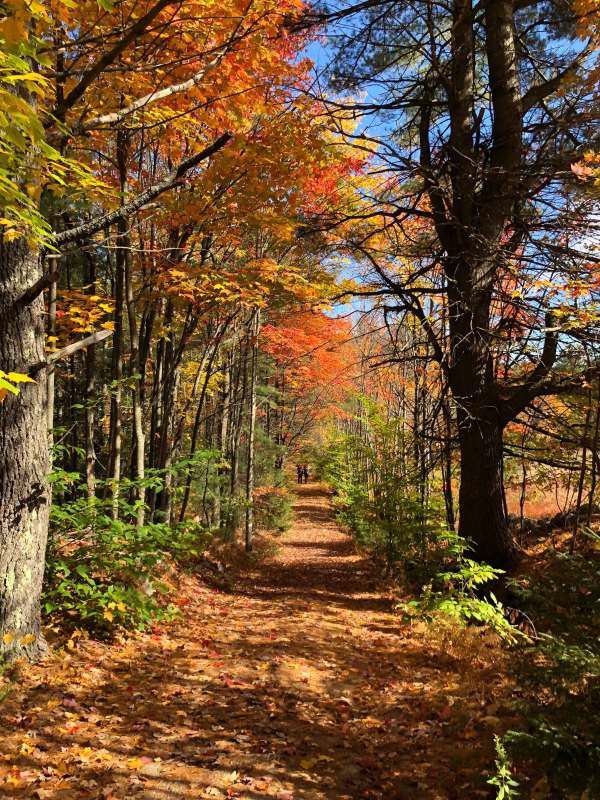
In the winter, trees go into a flora form of hibernation called dormancy, slowing their metabolism, growth, and energy consumption. The reason why trees break down and evacuate the chlorophyll from their leaves is curious; it could be an energy storage tactic for when they need to re-build chlorophyll in the spring.
As the green chlorophyll disappears from each leaf, it reveals the other colors hidden within. Chemical reactions contribute to vivid leaves: xanthophyll and carotene create a spectrum of yellows and oranges, and anthocyan pigments derived from sugars in the leaf are responsible for shades of red and purple.
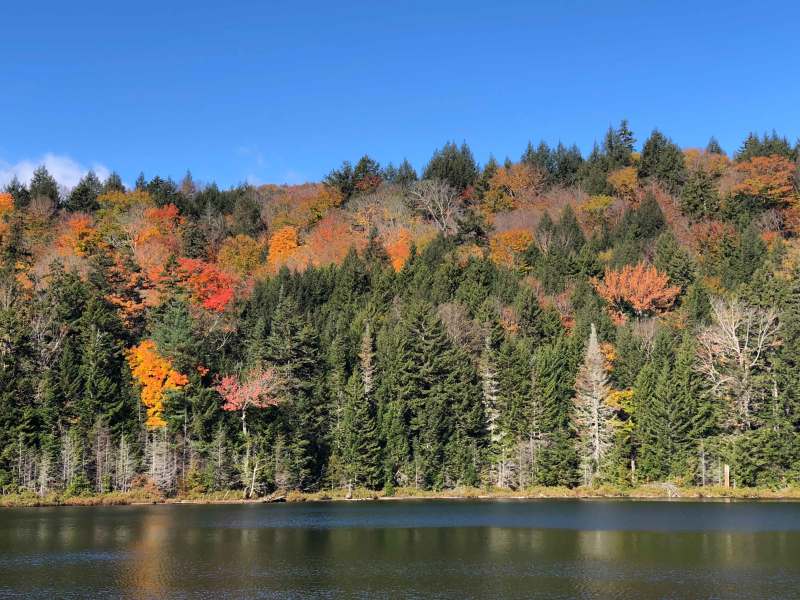
Trees put on their own special show
Each tree species has its own chemical and color composition. Japanese maples are known for their deep red and purples, while sugar maples often appear fluorescent red-orange on top and yellow-green below. Tricolor beech trees boast variegated foliage that changes depending upon your angle and light, almost an optical illusion.
Given the interconnection of temperature and light with leaf peeping conditions, the farther north or higher altitude areas tend to change earlier, with southern states experiencing a later fall. Time your leaf peeping excursions in accordance with your destination’s latitude.
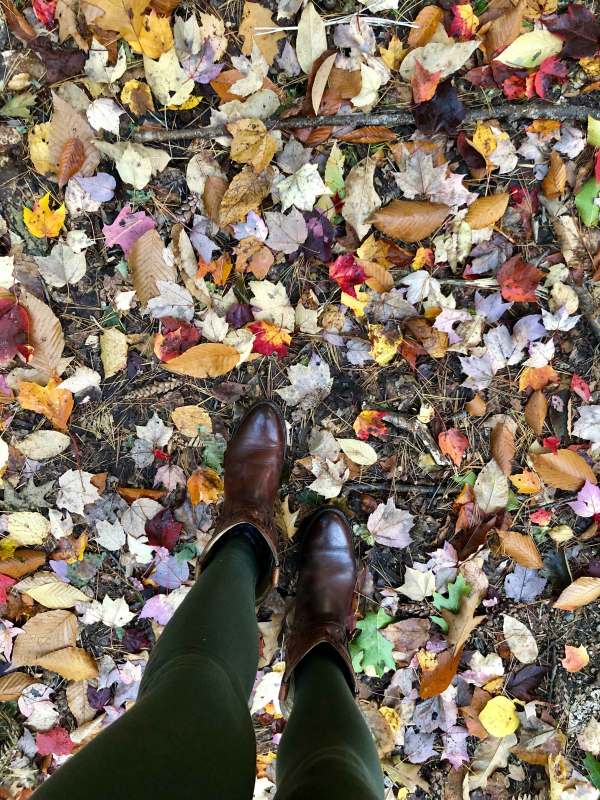
Get away and get an eyeful
If you haven’t been out to see the fall foliage yet, it’s not too late. Check conditions on states’ respective tourism websites.
Book yourself a weekend getaway to one of New England’s many charming towns – Stowe, Vermont and North Conway, New Hampshire are a couple of my favorites. Cozy up in an inn and enjoy the fall menus at the Oxford House (North Conway, NH) or Hen of the Wood (Burlington, VT).
There are likely one to two peak weekends left to get your leaf peep on.
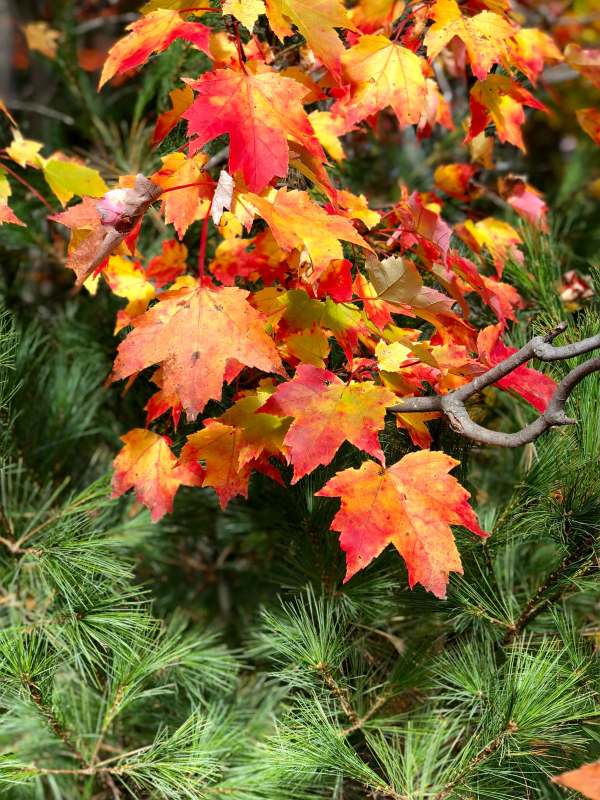
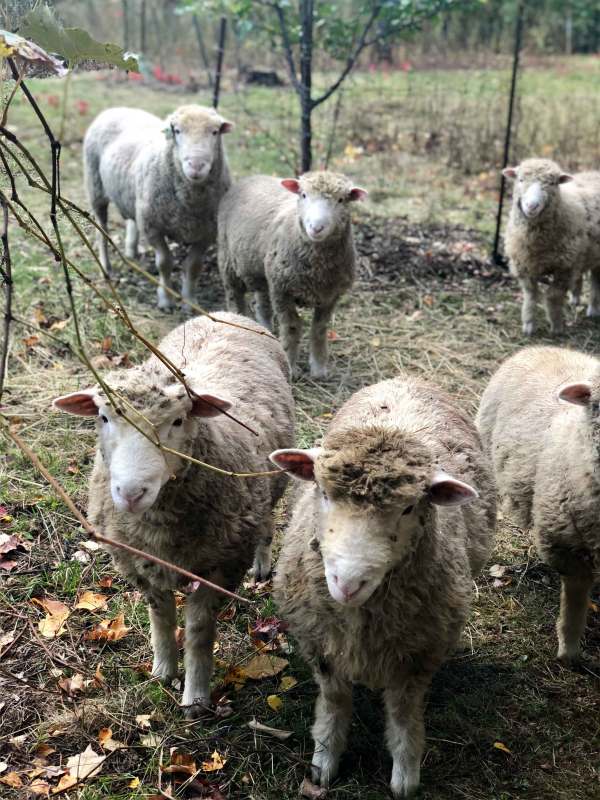
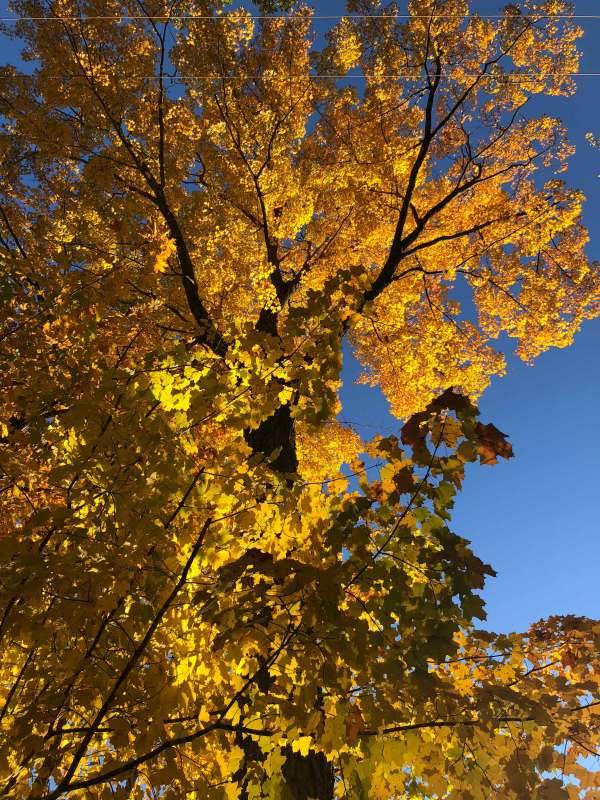
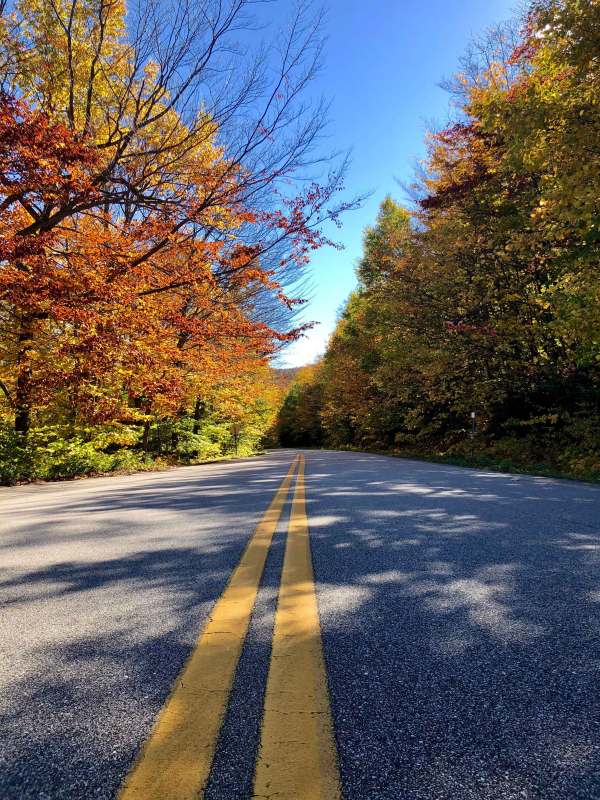
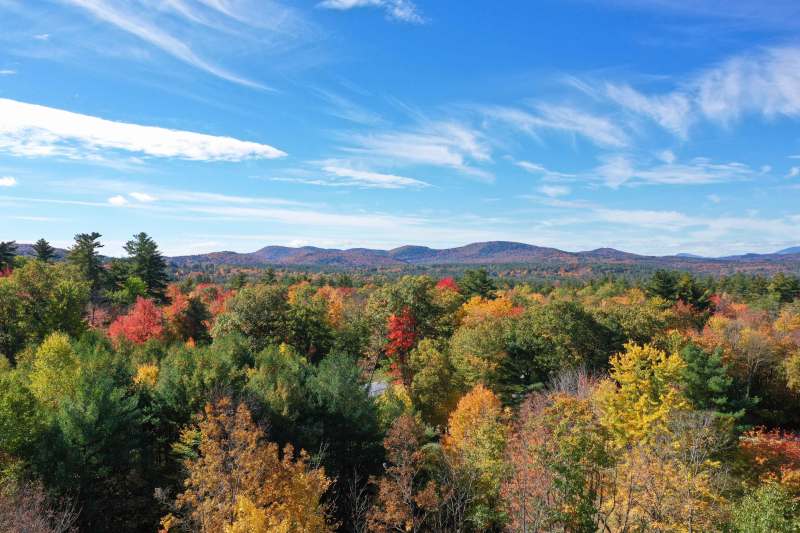

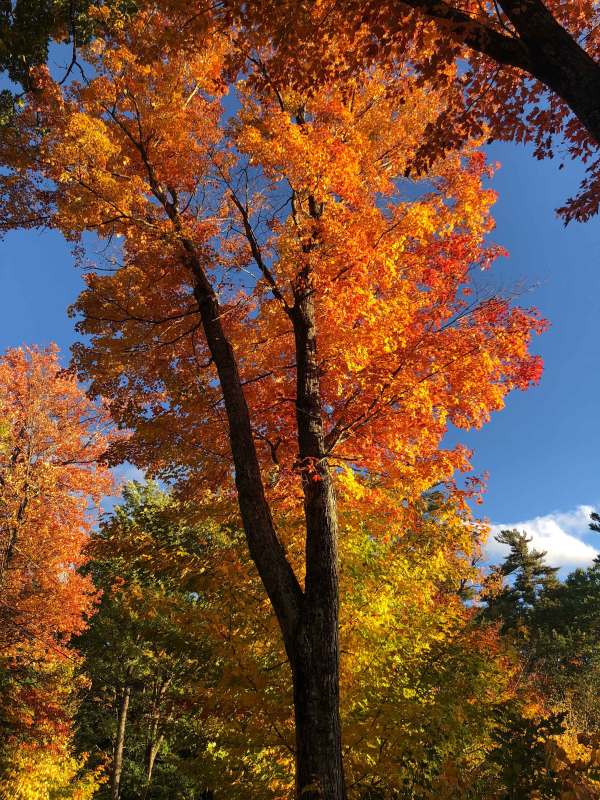
This article was featured in the InsideHook newsletter. Sign up now.



